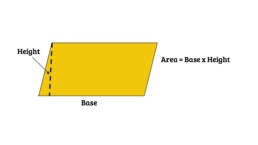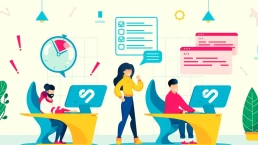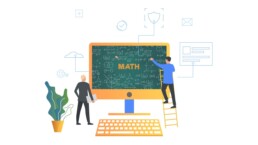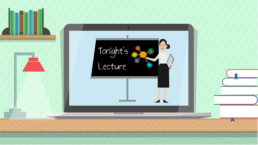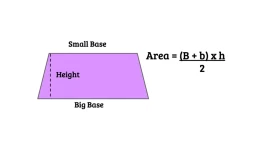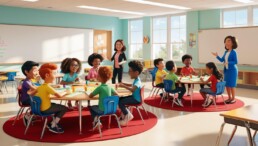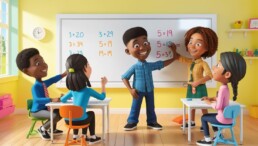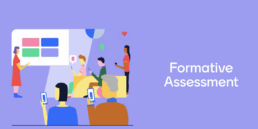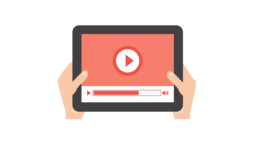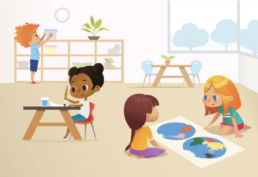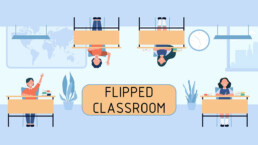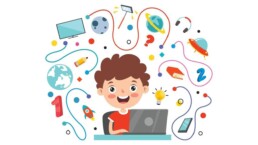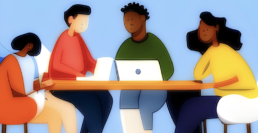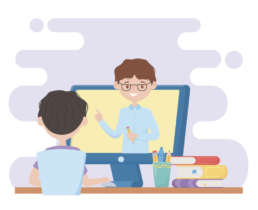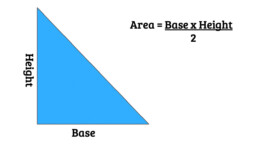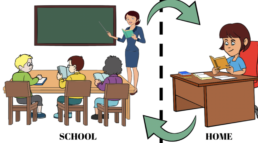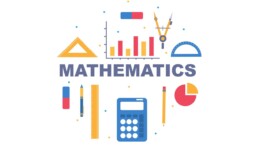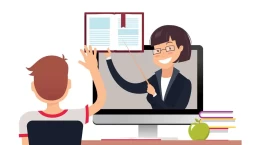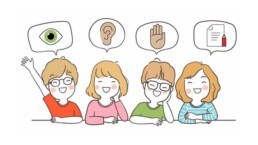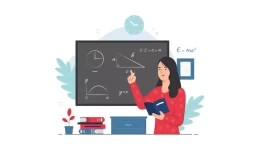4 Ways Flipped Learning Teaches Students How To Learn
Flipped Learning has become increasingly popular in educational institutions as a way to engage students and enable them to take more control of their education.
By inverting the traditional model of instruction, it encourages independent learning skills, liberates teachers from imparting information passively, and creates an environment that puts students’ needs at the forefront.
In this blog post, we’ll explore four ways flipped learning can teach students how to learn.
Flipped Learning encourages students to take ownership of their own learning by allowing them to explore topics on their own time.

Flipped learning is a teaching method that empowers students to take control of their own learning. By allowing students to explore topics on their own time, this model encourages students to become active participants in the learning process.
Flipped learning provides students individual flexibility, which they can use to pursue their own motivations and passions while still receiving guidance and support from their teachers. This model has been gaining popularity in recent years, as it provides students with more control over their own education and helps them develop greater independence and responsibility for their own learning.
Under the flipped learning model, students are encouraged to take ownership of their learning, leading to improved success and higher student engagement.
Flipped learning enables students to have access to a wider range of resources and educational materials outside the classroom, such as online lectures and articles.

With flipped learning, students have the opportunity to access a variety of educational resources and materials outside of the classroom, such as online lectures and articles.
This not only provides students with a wider range of learning materials, but it also allows them to study at their own pace and convenience. Flipped learning has been hailed as an effective teaching tool as it enables students to take control of their own learning and encourages them to develop critical thinking skills.
As educators continue to embrace technology in the classroom, flipped learning is becoming increasingly popular as a means of providing students with the tools they need to succeed.
Flipped learning also builds skills like critical thinking, problem solving, and creativity that are essential for succeeding in today’s workplace environment.

In today’s rapidly evolving workplace, employers are increasingly searching for candidates with not only practical knowledge but also critical thinking, problem-solving, and creative skills.
This instructional approach incorporates student-centered activities and independent research to foster these essential competencies. With flipped learning, students take on a more active role in their learning, working collaboratively to solve problems and generate new ideas.
This innovative approach prepares learners for the challenges of the workplace environment by cultivating skills that are essential for success. By embracing flipped learning, students receive a well-rounded education that can seamlessly transfer to their future careers.
Finally, flipped learning gives learners the autonomy they need to find what works best for them when it comes to effective studying habits and test-taking strategies.

Flipped learning has become increasingly popular in recent years due to the autonomy it provides to learners. It allows them to take control of their education, finding the most effective studying habits and test-taking strategies that work best for them. By flipping the traditional classroom dynamic, students can learn at their own pace, accessing resources and materials tailored to their individual needs.
This approach not only empowers learners, but also encourages them to take responsibility for their own learning, ultimately resulting in improved academic success. With the use of technology and innovative teaching methods, flipped learning has the potential to revolutionize education as we know it.
Conclusion
This new approach encourages students to take charge of their own learning, offering them access to many more resources, while also helping teachers focus on areas where individual students need additional help.
Moreover, flipped learning builds important skills like problem solving and critical thinking that are invaluable for success after school. Finally, perhaps the most important benefit is giving learners autonomy to figure out what works best for them.
Despite some challenges that might arise from adapting this novel form of instruction, if well-managed and implemented properly, flipped learning can offer tremendous advantages for both teachers and students alike.
